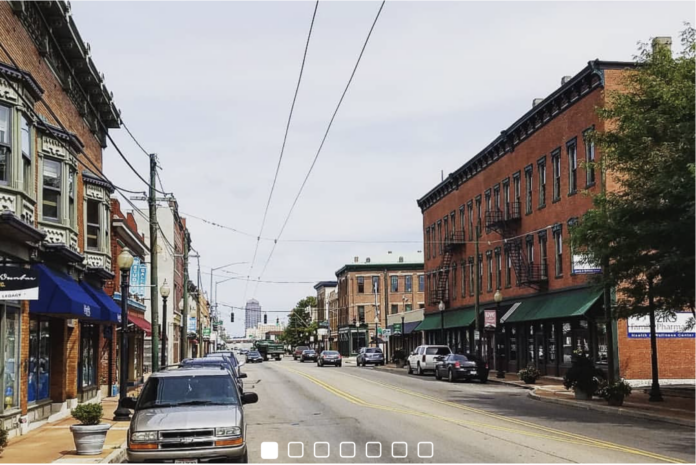Summary: This article was written pre-pandemic, and discusses new developments coming to the Wright-Dunbar neighborhood in Dayton, Ohio. The article mentions city plans for an up and coming neighborhood, and discusses the changes and opportunities occurring in downtown Dayton. It is noted that there are a lack of restaurants and nightlife existent in the area, but highlights the historic landmarks within the community, investment opportunities, nonprofit initiatives, housing, and other general development opportunities. Vacancies within the community are another discussed topic, and goes on to discuss how these buildings can be restored and reactivated to serve the communities interests within the historic fabric of Wright-Dunbar neighborhood. The mention of cycling infrastructure outlined how funded updates to the Third Street Bridge will allow for improved mobility for pedestrians and bikers, which inspired further research on the topic of biking and downtown Dayton. Given the history of disinvestment in the area, new developments do cause concern for gentrification due to past redlining practices, manufacturing job loss and highway construction displacement. Providing multiple perspectives on investment in the area, it is noted that any new development will require community outreach and public input to address any concerns the existing residents may have. Community driven economic development already in Dayton include the use of cooperatives (co-ops), which may be a model for future neighborhood development. The benefits of the co-op business model allows local community members to become “user-owners” by buying an upfront membership share. The members are given shares that can be used as equity investment or leverage to expand or grow the business.
Analysis: In general, this article provides a context of the initiatives set in place by Dayton city planners. What really stood out to me was the cycling opportunities in downtown Dayton, and has motivated further research on this activity. Additionally, reading about gentrification in this area is important to understand the complexities of adding changes to the historic neighborhood.




